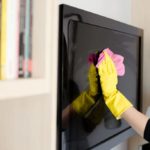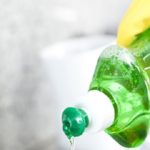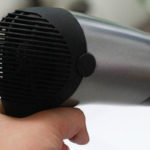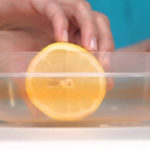Use Lemon or White Vinegar
Lemon and vinegar are natural cleaning agents. They contain just enough acid to remove dirt without damaging the utensils. Additionally, these ingredients are inexpensive and often readily available at home.
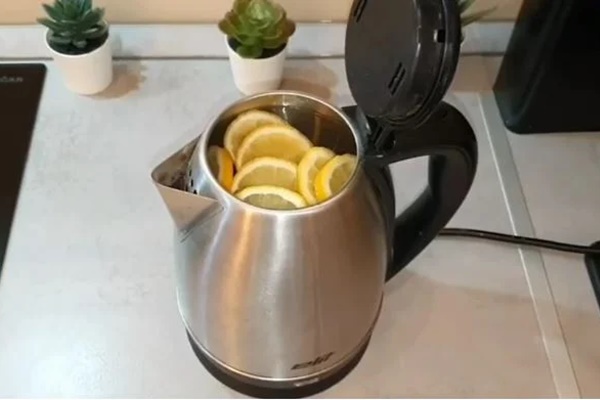
You can use them to clean stains in the kettle.
Simply pour water into the kettle, then add white vinegar (in a 1:1 ratio) or cut a few slices of fresh lemon. Plug in and boil the water. Once the water boils, turn off the power and leave the water in the kettle. When the water cools, simply pour out the water in the kettle and rinse the kettle with clean water.
Use Baking Soda
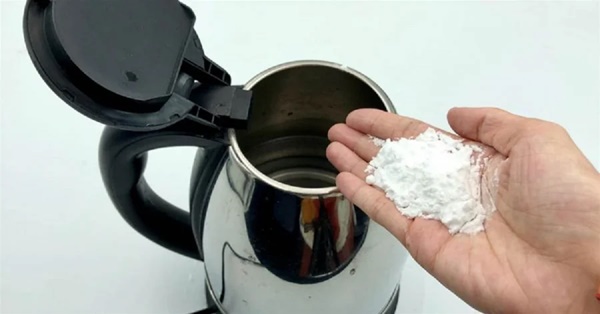
The main dirt in the kettle is calcium carbonate deposits. This substance can react with baking soda and disappear. You can pour water into the kettle, add a few spoons of baking soda, and boil it. This way, the dirt can be effectively cleaned.
Use Potato Peels
This method works best when you use a new kettle. When you buy a new kettle, fill it with potato peels and water, then boil and rinse it clean. This will prevent water deposits from building up in the kettle.
For old kettles, you can also add potato peels or cut small pieces of potato into the kettle with enough water and boil it. After that, simply pour out all the water, scrub gently, and all the dirt will be gone.
Eggshells
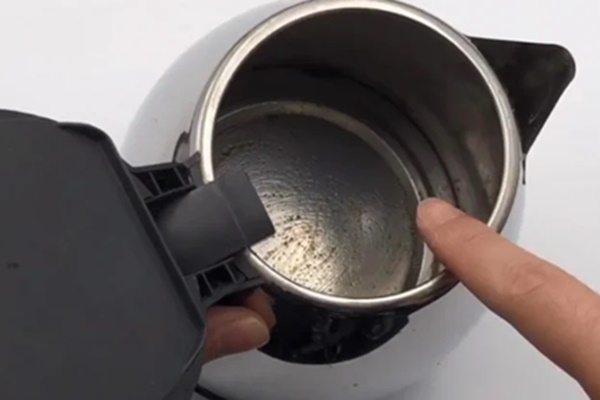
When cooking, you can save eggshells, wash them thoroughly, and let them dry. Crush the eggshells and put them in the kettle, then add enough water to fill about half the kettle. Boil the water. Occasionally, stir with a chopstick. After boiling for about 5-10 minutes, you can pour out all the water and rinse the kettle until all the dirt is gone.
Clean the Outside of the Kettle
Use a sponge to clean the outside of the kettle. You can dip the sponge in a warm water solution with a few drops of dish soap to remove stains or dirt.
For tough stains, dip the sponge in a little dry baking soda. Baking soda will increase the friction, making it easier to remove stains. Then, use a damp cloth to wipe the kettle clean.
According to Xe và Thể thao
























